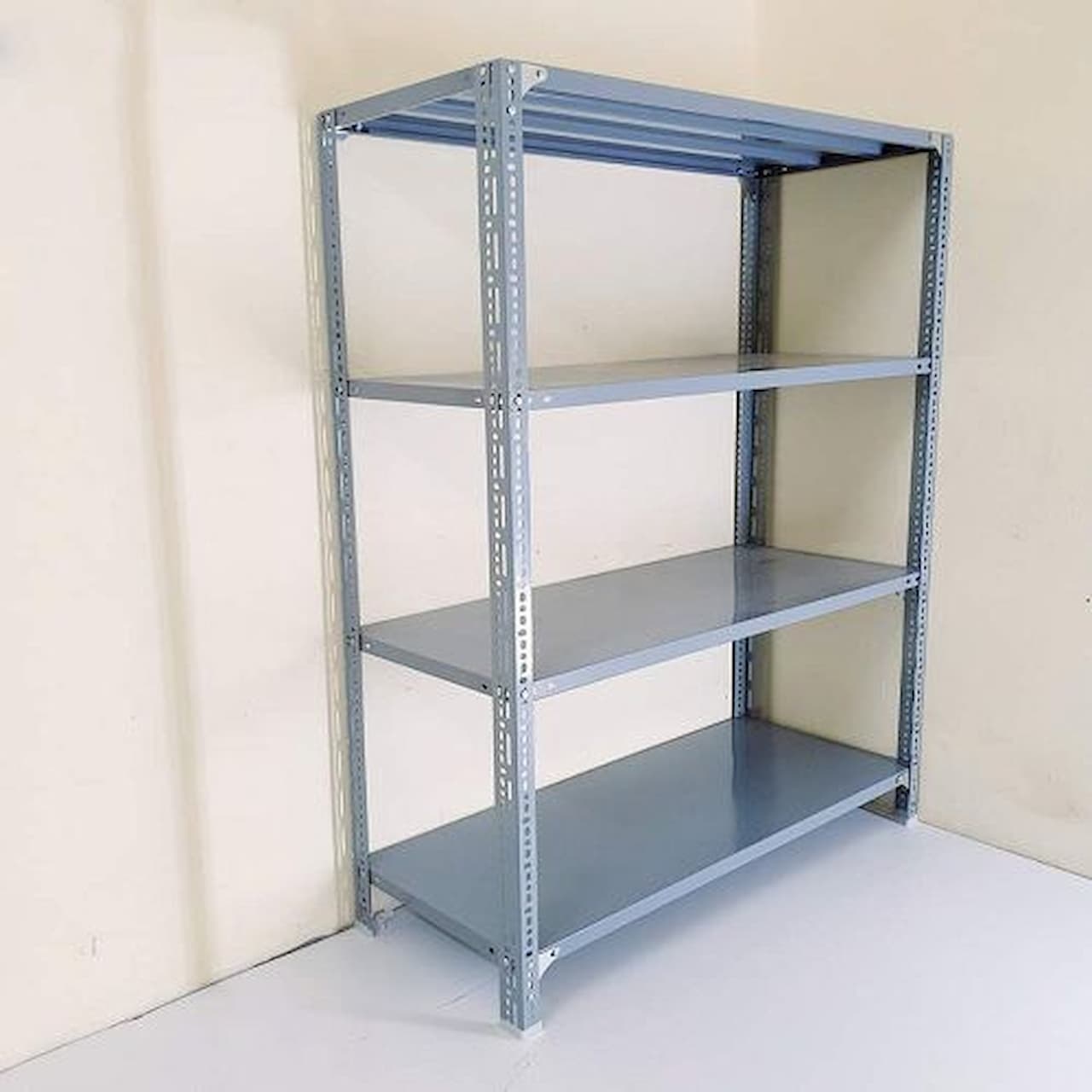Pallet racking is any material handling storage system that stores materials on pallets in horizontal rows on multiple levels. Pallet racks require the utilization of a forklift truck to load and unload pallets onto the racks. All pallet racking, regardless of style, will increase the storage density of your warehouse, retail centers, as well as any other storage facility.

There are lots of things to consider when selecting which design of racking meets your needs:
• Storage density required/desired
• Building space, both living area and height
• Placement of obstructions like doors, support beams, columns, etc.
• Inventory dimensions
• Inventory accessibility
• Cost
Selective pallet rack will be the least dense along with the least expensive, and allows for direct access to each product at intervals of shelf height. One can choose from two main styles, roll formed and structural. Roll formed racking is usually lighter and possesses horizontal load beams which can be kept in to place by clips, and therefore are typically adjustable by 50 percent inch increments. As a result adjusting the rack heights super easy, but roll formed pallet racks cannot hold as many pounds as other kinds, and they are less resistance against impact by forklifts.
Structural selective racking is a bit more durable since the horizontal beams are attached to the upright beams with bolts. Both varieties of selective racks are adjustable and allow for personalisation, but roll formed is less durable and much more vulnerable to damage. Structural pallet rack is yet another section of the building's structure, replacing the building's I-beams, developing a rack supported building.
Other kinds of pallet rack include drive-in/drive-through, push-back, and pallet flow rack. These kinds allow for more dense storage, however, you cannot access a inventory item at at any time. It requires a little more planning and organization to properly use this kind of racking, when done efficiently is incredibly efficient.
Drive in/through racks permit lift equipment they are driving straight into the rack's rows. Drive-thru is open at each and every feeder point allowing for a forklift to operate a vehicle completely over the rack, whereas drive in is only open on one side. Drive in uses a LIFO type of inventory (last in, first out), and thus the first pallet to be held in a row may be the 4g iphone out, as well as the last one to be stored could be the first out. Drive through used either the LIFO or FIFO method for storing, because pallets can be accessed from both sides.
Drive-in/drive-through rack is definitely an dense way of storage, because it doesn't need aisles between each rack system. This style can be damaged somewhat easily because forklifts travel through the rows with little or no clearance on either side.
Push-back pallet rack employs depth for extra storage capacity given it can typically store between four and six pallets deep, and pallets are stored on wheeled carts that sit down on top of rails.
These rails are angled slightly toward leading with the racking, causing pallets to roll forward due to gravity. Whenever a forklift loads a brand new pallet into a row with pallets already inside it, it pushes the present pallets back. Each time a forklift has a pallet out, all of the other pallets slide forward towards front. Vid great labor saver but is additionally costlier than selective and structural rack, therefore it is determined by how dense you may need your storage space to be.
Pallet flow rack is incredibly similar to test their boundaries rack in this it takes benefit of depth and gravity for additional storage density. Pallet are placed on roller wheels at a slight incline in order that pallets turn to top with the rack automatically. These systems may have braking systems that control the rate of the moving pallets with regard to added safety. Determined by your setup, pallet flow rack may be loaded within the back and picked at the front (FIFO), or loaded and picked at the front (LIFO).
For additional information about Ke sat have a look at this useful web page
